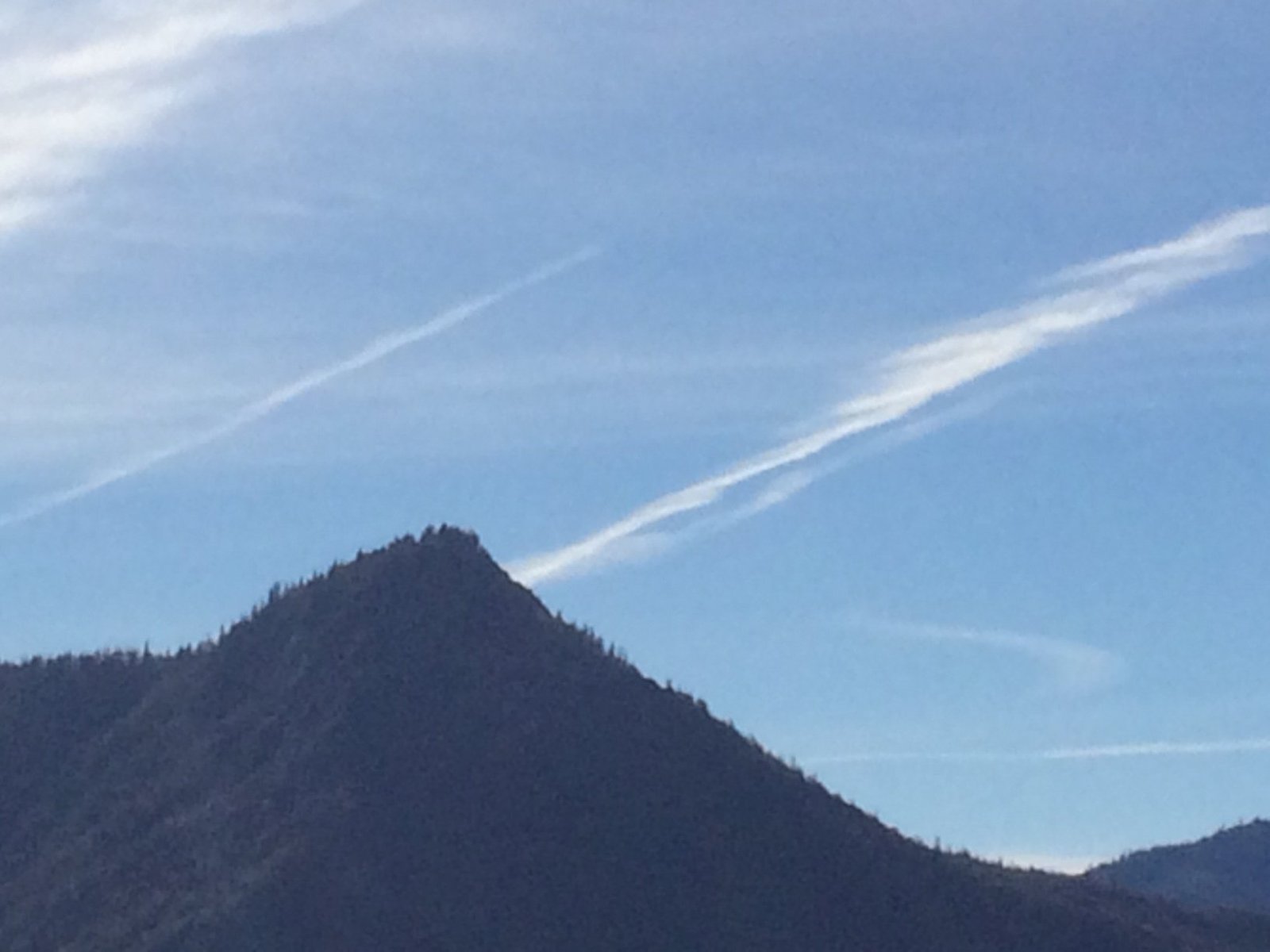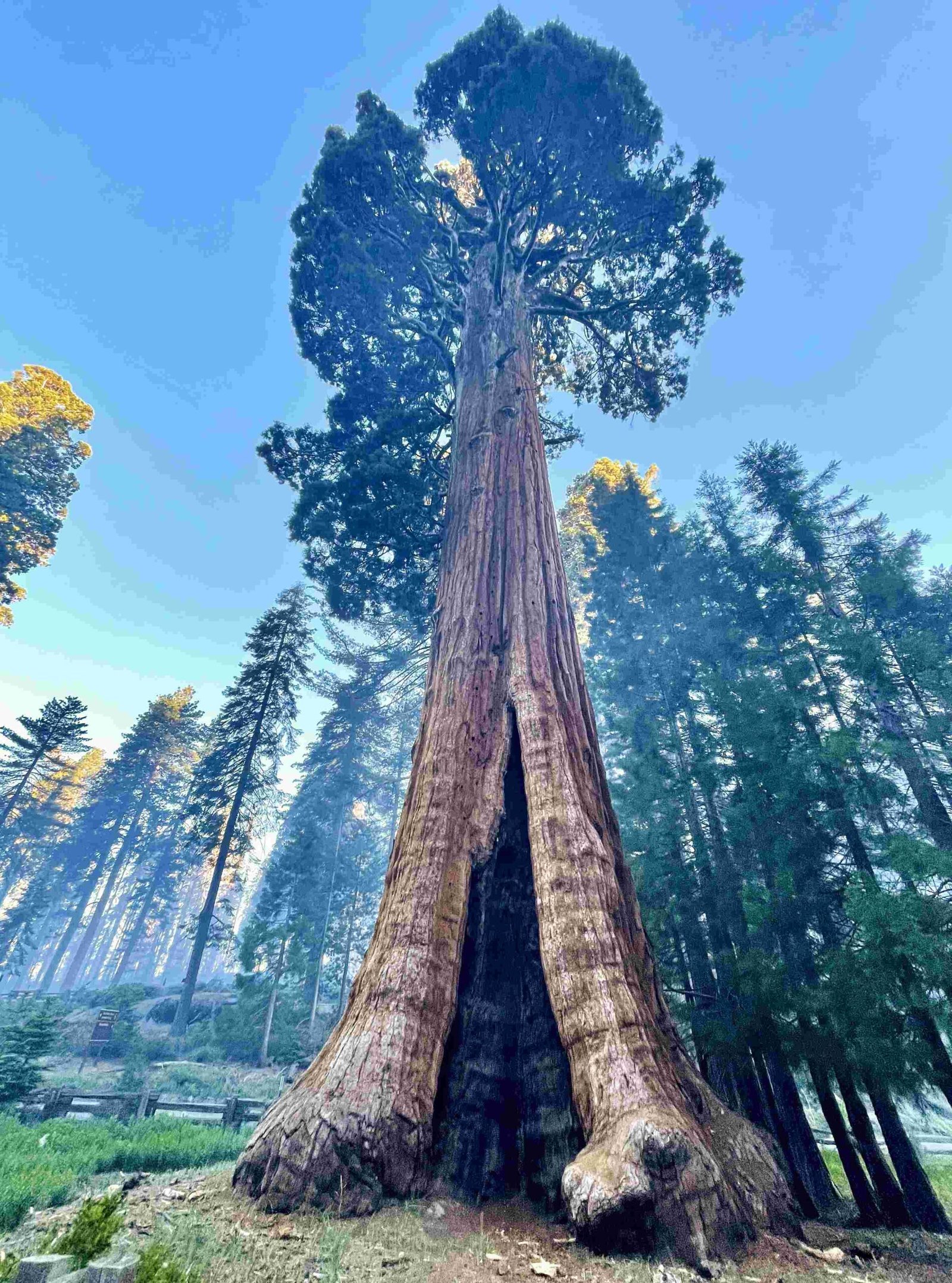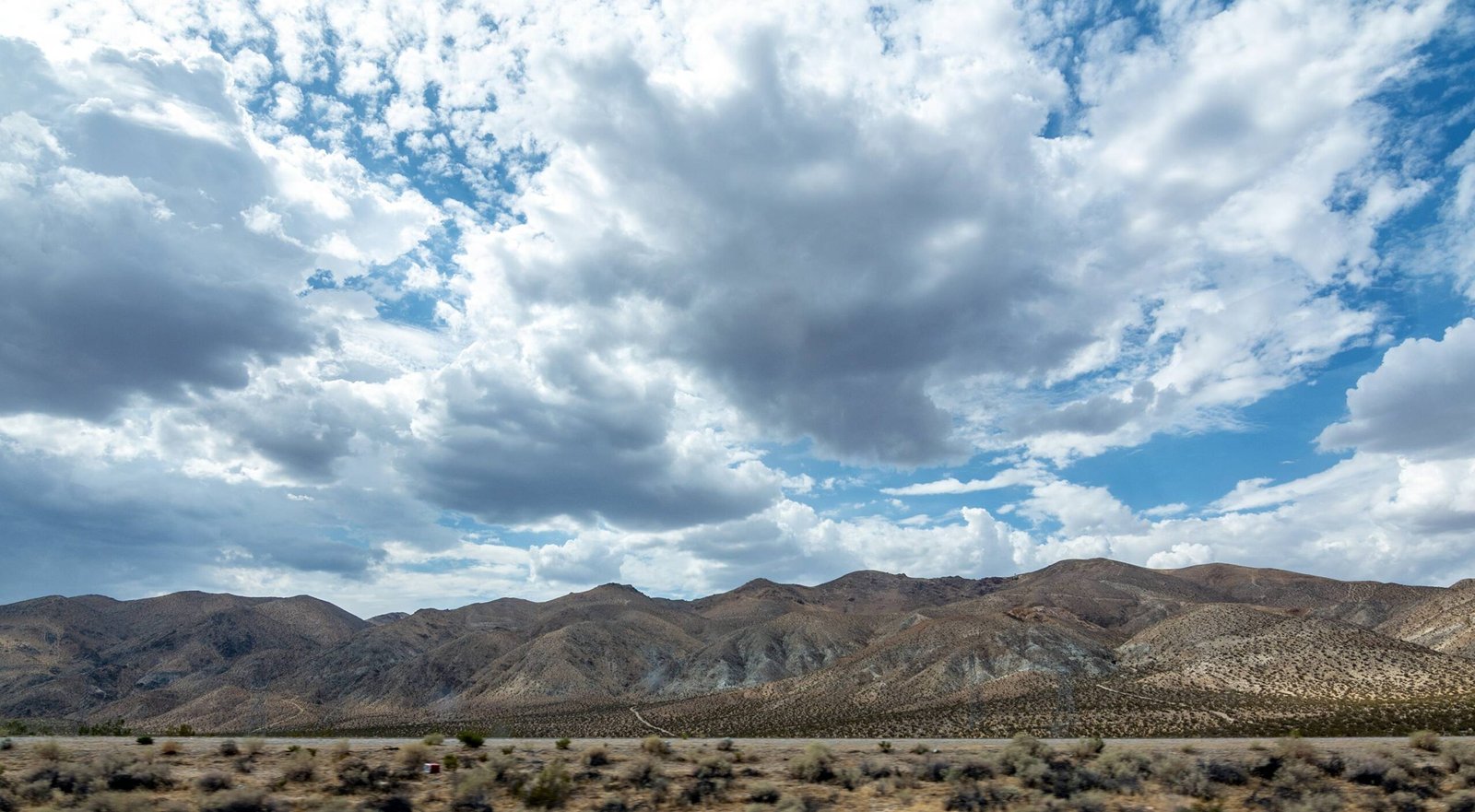Sequoia National Park, renowned for its giant sequoia trees and diverse ecosystems, offers a unique blend of natural wonders. Key features include the world’s largest tree by volume, the General Sherman Tree, ancient groves of giant sequoias, stunning granite formations, and a rich biodiversity spanning various elevations. The park’s scenic drives and hiking trails provide access to these marvels, making it a paradise for nature enthusiasts and adventurers alike.
What Are the Most Iconic Trees in Sequoia National Park?

Sequoia National Park is home to some of the most impressive trees on Earth, particularly the giant sequoias. These colossal living monuments are the park’s primary attraction and a key feature that draws visitors from around the globe.
Giant Sequoias: The Park’s Crown Jewels
- Species: Sequoiadendron giganteum
- Lifespan: Can exceed 3,000 years
- Characteristics:
- Massive trunks
- Thick, fire-resistant bark
- Shallow but extensive root systems
The General Sherman Tree: A Natural Wonder
The General Sherman Tree stands out as the most famous resident of Sequoia National Park:
| Attribute | Measurement |
|---|---|
| Height | 279.9 feet |
| Volume | Over 52,500 cubic feet |
| Diameter (at base) | 34.3 feet |
| Diameter (12 feet above ground) | 27.5 feet |
| Age | Estimated 2,300-2,700 years |
This tree is not just a park feature; it’s a global icon, recognized as the largest tree by volume on Earth.
How Diverse Is the Ecosystem in Sequoia National Park?

The biodiversity of Sequoia National Park is another key feature that sets it apart from other natural areas. The park’s varied ecosystems support a wide array of plant and animal life.
Flora Diversity
While the giant sequoias are the stars, the park hosts numerous other plant species:
- Conifers (e.g., sugar pines, white firs)
- Deciduous trees (e.g., oaks)
- Shrubs and bushes
- Wildflowers (seasonal)
Fauna Variety
The park is a haven for wildlife:
- Over 200 bird species
- Numerous mammals (e.g., black bears, mule deer, mountain lions)
- Reptiles and amphibians
- Diverse insect populations
This rich biodiversity is supported by the park’s varied habitats, ranging from low-elevation foothills to high-alpine zones.
What Are the Must-See Scenic Drives in Sequoia National Park?
Scenic drives are a key feature of Sequoia National Park, offering visitors a way to experience the park’s beauty from the comfort of their vehicles.
General’s Highway: The Park’s Main Artery
- Length: Approximately 25 miles
- Route: From Ash Mountain Entrance to Giant Forest Museum
- Key Features:
- Access to Moro Rock
- Views of the Great Western Divide
- Passage through giant sequoia groves
Crystal Cave Road: A Journey to Underground Wonders
- Length: About 7 miles
- Destination: Crystal Cave
- Seasonal Operation: Typically open late May to early November
These drives showcase the park’s diverse landscapes, from towering sequoias to deep marble caves.
What Are the Top Hiking Trails in Sequoia National Park?
Hiking trails are a key feature that allows visitors to immerse themselves in the park’s natural beauty.
Congress Trail: A Walk Among Giants
- Length: Approximately 2 miles (loop)
- Difficulty: Easy to moderate
- Highlights:
- Starts near General Sherman Tree
- Passes by several named giant sequoias
Alta Peak Trail: A Challenge with Rewards
- Length: About 13 miles (round trip)
- Difficulty: Strenuous
- Elevation Gain: Over 4,000 feet
- Payoff: Panoramic views of the Great Western Divide
Moro Rock Trail: Short but Sweet
- Length: Approximately 0.6 miles (round trip)
- Difficulty: Moderate
- Feature: Granite dome with 360-degree views of the park
These trails offer diverse experiences, from easy walks through sequoia groves to challenging hikes with breathtaking vistas.
How Does Sequoia National Park Preserve Its Natural Features?
Preservation is a key aspect of Sequoia National Park’s management, ensuring that its natural features remain intact for future generations.
Fire Management
- Controlled burns to mimic natural fire cycles
- Protection of giant sequoias during wildfires
Wildlife Conservation
- Monitoring of endangered species
- Habitat protection and restoration projects
Visitor Impact Mitigation
- Designated trails and campsites
- Education programs on Leave No Trace principles
These efforts maintain the park’s ecosystems and allow visitors to experience its key features in their natural state.
What Unique Geological Features Does Sequoia National Park Offer?
Beyond its famous trees, Sequoia National Park boasts remarkable geological features that are key to its landscape.
Moro Rock: A Granite Sentinel
- Dome-shaped granite formation
- Offers panoramic views of the Great Western Divide
- Accessible via a stairway carved into the rock
Marble Caves
- Crystal Cave: The park’s most famous underground feature
- Formed by the dissolution of marble by slightly acidic water
- Showcases unique formations like stalactites and stalagmites
Kaweah River Canyons
- Deep, glacially carved canyons
- Showcase the park’s dramatic elevation changes
- Home to numerous waterfalls and rapids
These geological wonders add another dimension to the park’s natural allure, complementing its famous forests.
Sequoia National Park’s key features encompass a remarkable range of natural wonders, from its iconic giant sequoias to diverse ecosystems, scenic drives, challenging hikes, and unique geological formations. Each element contributes to the park’s status as a premier destination for nature lovers and outdoor enthusiasts, offering experiences that can’t be found anywhere else in the world.

